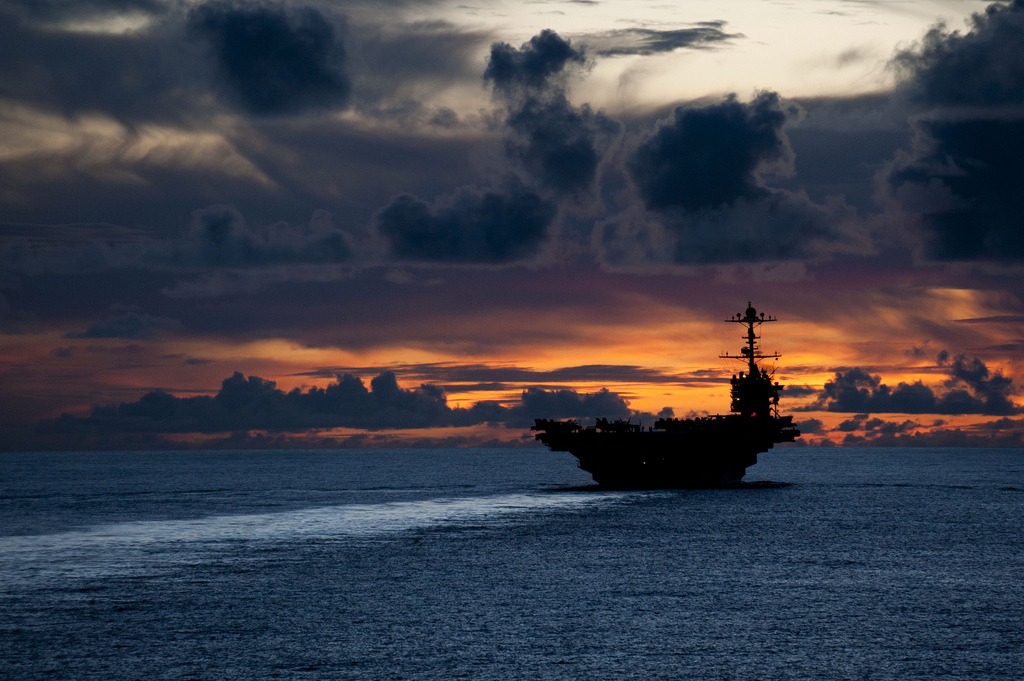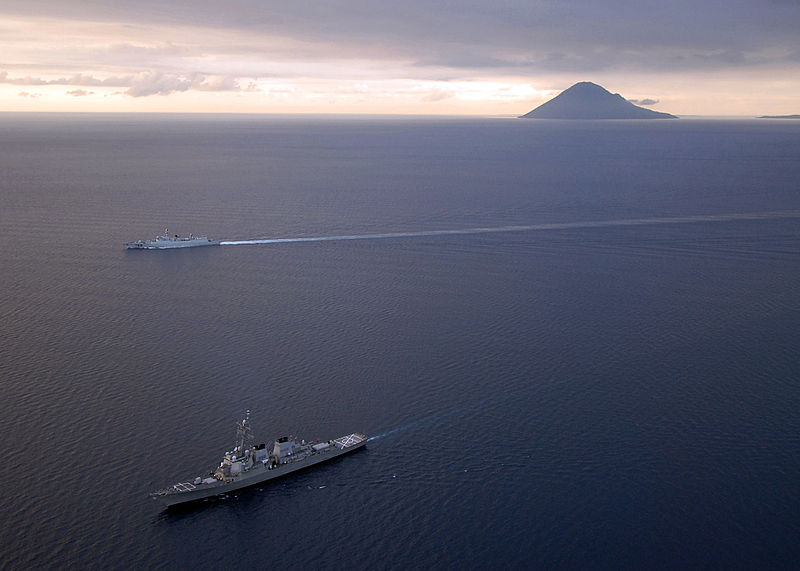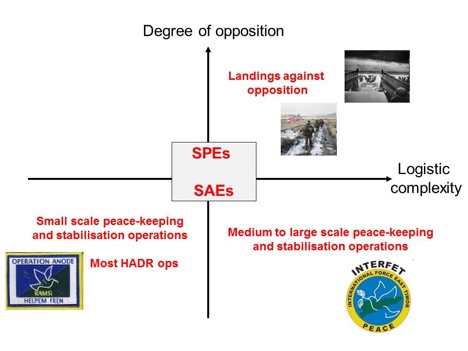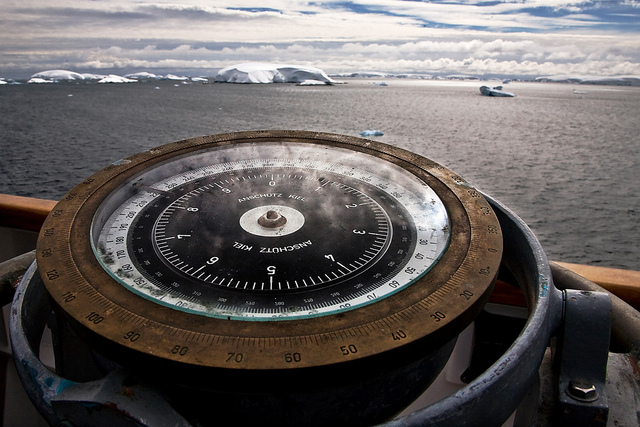Australia’s Indo-Pacific hope: equilibrium
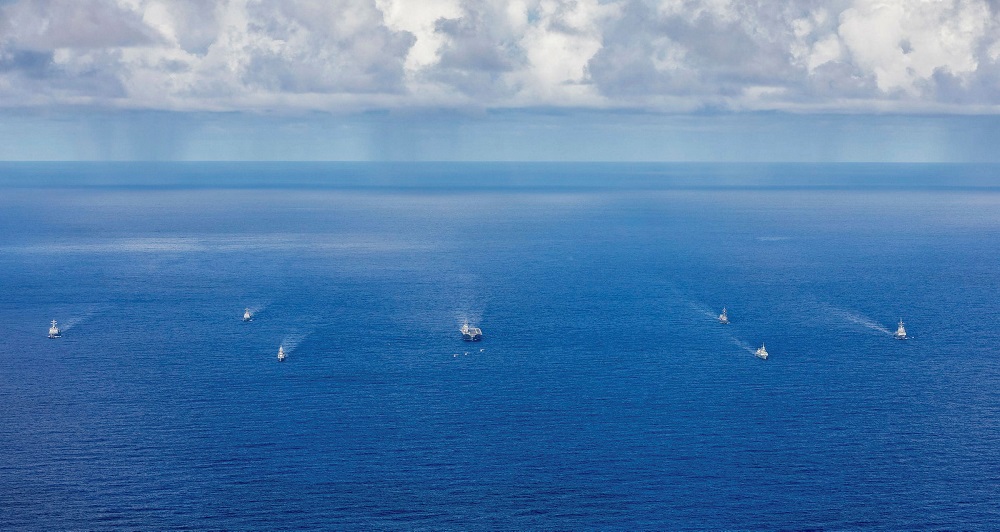
‘It is up to all of us to work towards a strategic equilibrium in the region.’
— Foreign Minister Penny Wong, Singapore, July 2022
The Asian century isn’t turning out how Australia had hoped.
A decade ago, Australia embraced Asia’s dynamism and sweeping change.
Today, the dynamism still delivers, but on the change front we’re desperately seeking a balance of power and some equilibrium. The region pulses with superpower competition, political nervousness, diplomatic neuralgia and strategic angst.
The road has got rough in the 10 years since Australian optimism was defined by the ‘scale and pace’ of Asia’s ‘extraordinary ascent’, a ‘truly transformative’ period that’d deliver ‘a new phase of deeper and broader engagement’. Next month marks the 10th anniversary of that happy deeper-and-broader vision, expressed in a white paper titled Australia in the Asian century.
Download the Asian century report here and recall the ambitious 2012 roadmap from Julia Gillard’s Labor government, with its confident statement:
Beijing and Washington both want to develop constructive relations and avoid conflict: their governments have consistently said so; the intensity, structure and sophistication of their engagement, often underestimated, has shown it; and they have deeply interlinked interests that will push them that way.
We are optimistic about the ability of China and the US to manage strategic change in the region.
The US would ‘remain the most powerful strategic actor in Asia for the foreseeable future,’ the white paper predicted, even as China and India were ‘changing the established strategic order’.
The confident liberal internationalism of Australia in the Asian century flavoured but did not dominate Gillard’s defence white paper the following year. Indeed, the 2013 white paper was the moment when Canberra adopted ‘Indo-Pacific’ as both geographic and strategic frame, and the ‘Asian century’ usage started to ebb.
By the time of the 2016 defence white paper, Australia was desperately worried about the international rules of the road. The white paper used ‘rules’ 64 times—48 of them in the formulation ‘rules-based global order’. Canberra fretted under headings that read ‘The rules-based global order’, ‘A stable Indo-Pacific region and a rules-based global order’, and ‘Australia’s interests in a rules-based global order’.
The 2017 foreign policy white offered bright hopes but dark visions: ‘Today, China is challenging America’s position.’ The paper affirmed the US alliance, expressing Canberra’s faith that the US would stay top dog: ‘The Australian Government judges that the United States’ long-term interests will anchor its economic and security engagement in the Indo–Pacific.’
The last time I heard ‘Asian century’ get a gallop in Canberra was in 2017 from Labor’s shadow foreign minister, Penny Wong. If Labor won the 2019 election, she said, it’d adopt much of the tone and intent of Australia in the Asian century. Wong was a member of the cabinet that adopted the white paper and it forms part of her policy memory and political geography; trouble is, the times and the terrain have changed.
That tough reality is captured in the new Labor government’s mantra about continuity of defence and foreign policy delivered with a different tone.
The first two Asia speeches delivered by Wong as foreign minister, in Singapore and Malaysia, both hinge on the phrase ‘strategic equilibrium’. The aim, she says, is ‘an order framed by a strategic equilibrium where countries are not forced to choose but can make their own sovereign choices, including about their alignments and partnerships’.
In Singapore, Wong pointed to the East Asia Summit, the ASEAN Regional Forum and the ASEAN Defence Ministers Meeting Plus as structures for regional engagement: ‘Not to solve all its problems, but to give space to states which have a legitimate interest in the region to contribute to a strategic equilibrium.’
The same theme is in Wong’s earlier Malaysia speech, placing ASEAN at the centre of the Indo-Pacific and thus at the centre of the balancing effort:
We are diverse nations, but we all agree that we want to live in a region that is stable, prosperous and respectful of sovereignty. Where disputes are guided by international law and norms, not by power and size. A region that is peaceful and predictable. These are the same principles articulated in the ASEAN Outlook on the Indo-Pacific. Achieving this requires a strategic equilibrium in the region. ASEAN is the foundation of this equilibrium—it is the centre of the Indo-Pacific region.
In seeking balance, Wong has several times nominated the US and ASEAN as ‘indispensable’.
The discussion of China, though, is a call for responsibility. Wong quotes former prime minister Paul Keating on the need for China ‘to accept and respect restraints on the way it uses its immense strength’, and Singapore’s PM Lee Hsien Loong on the need for China ‘to wield this strength with restraint and legitimacy’.
Increasingly over the past decade, Australian rules-and-order references have become a lament for what’s going or gone.
Rules are what we’d prefer. Order is what we need. For the moment, just getting to equilibrium is what we’re working at.

